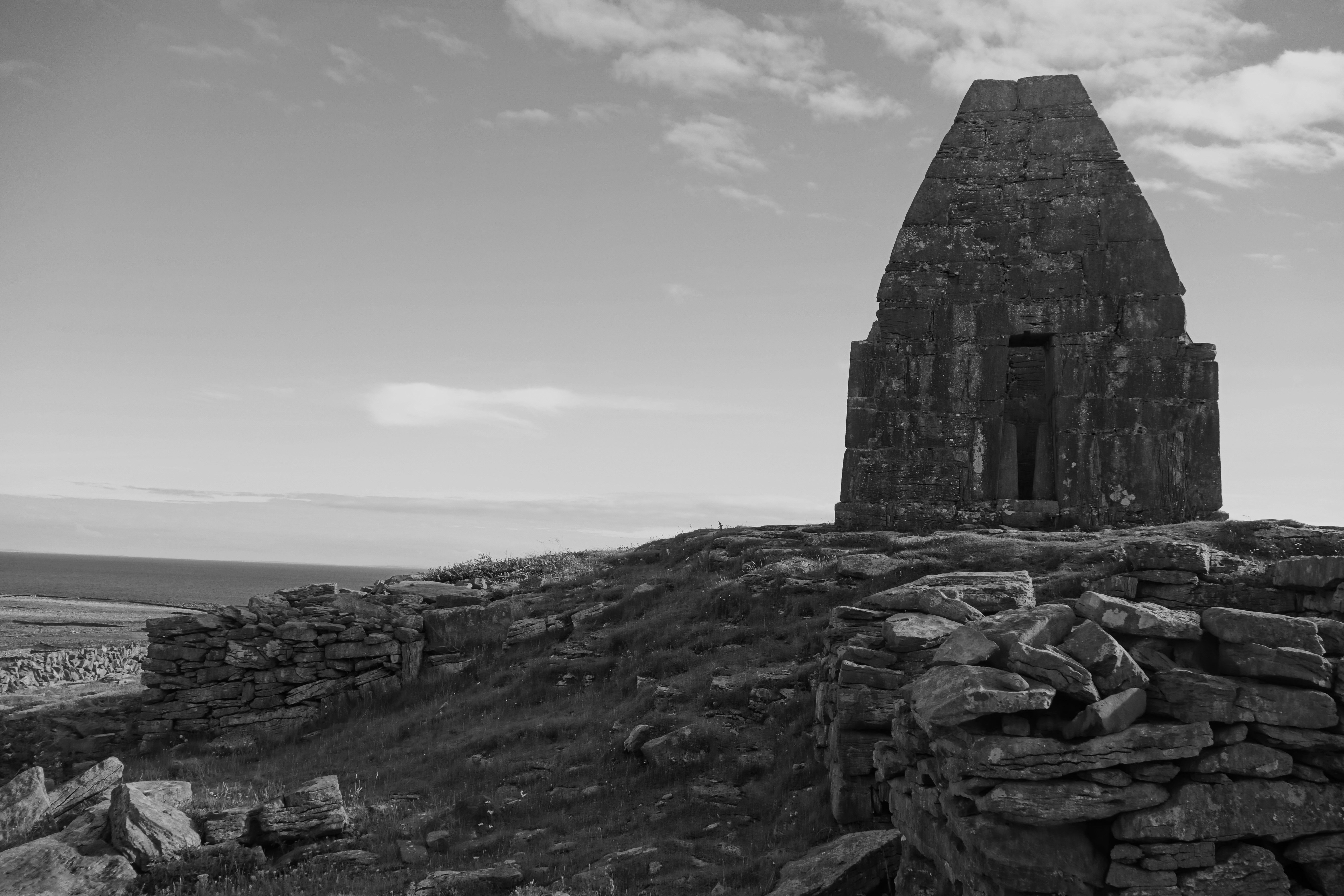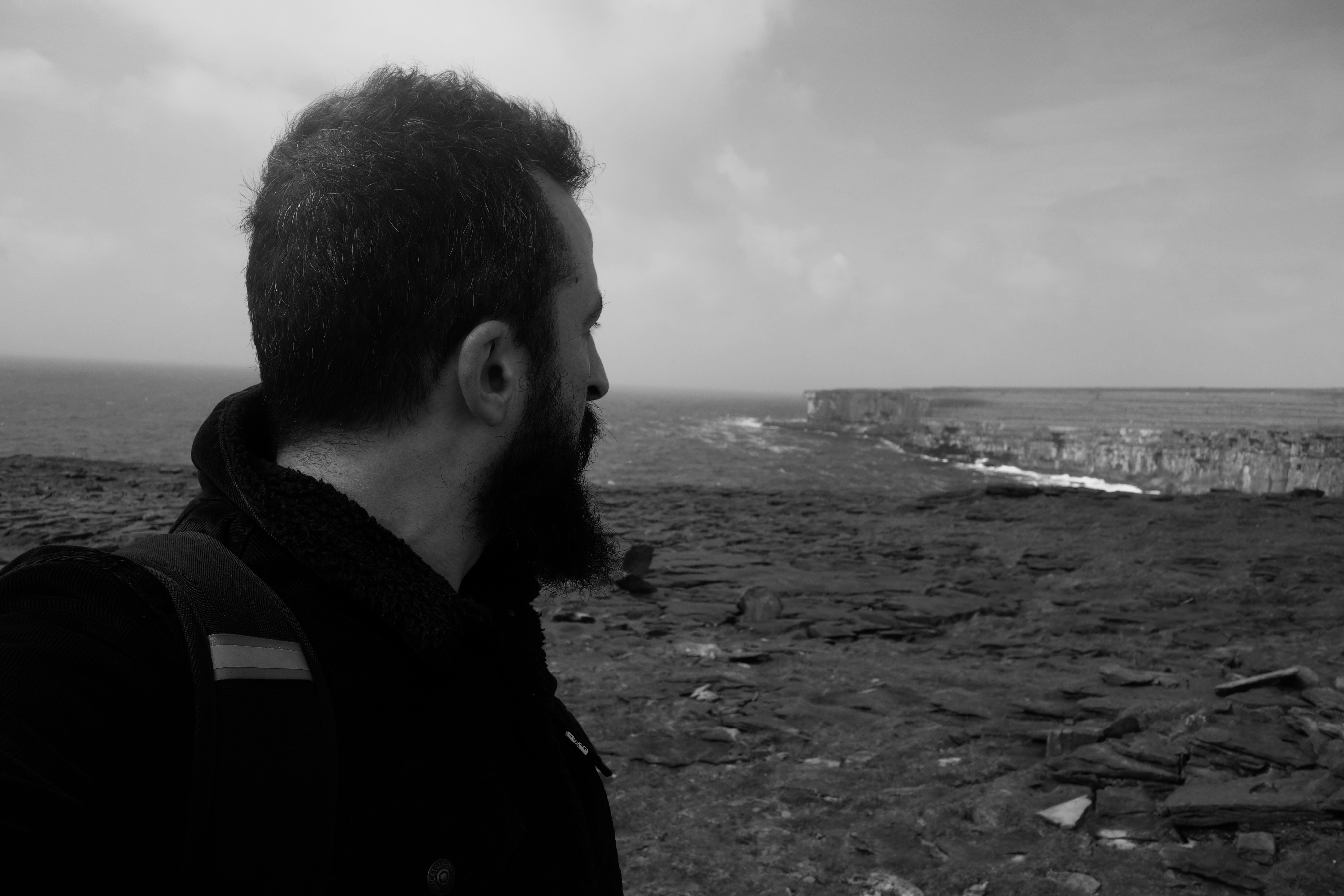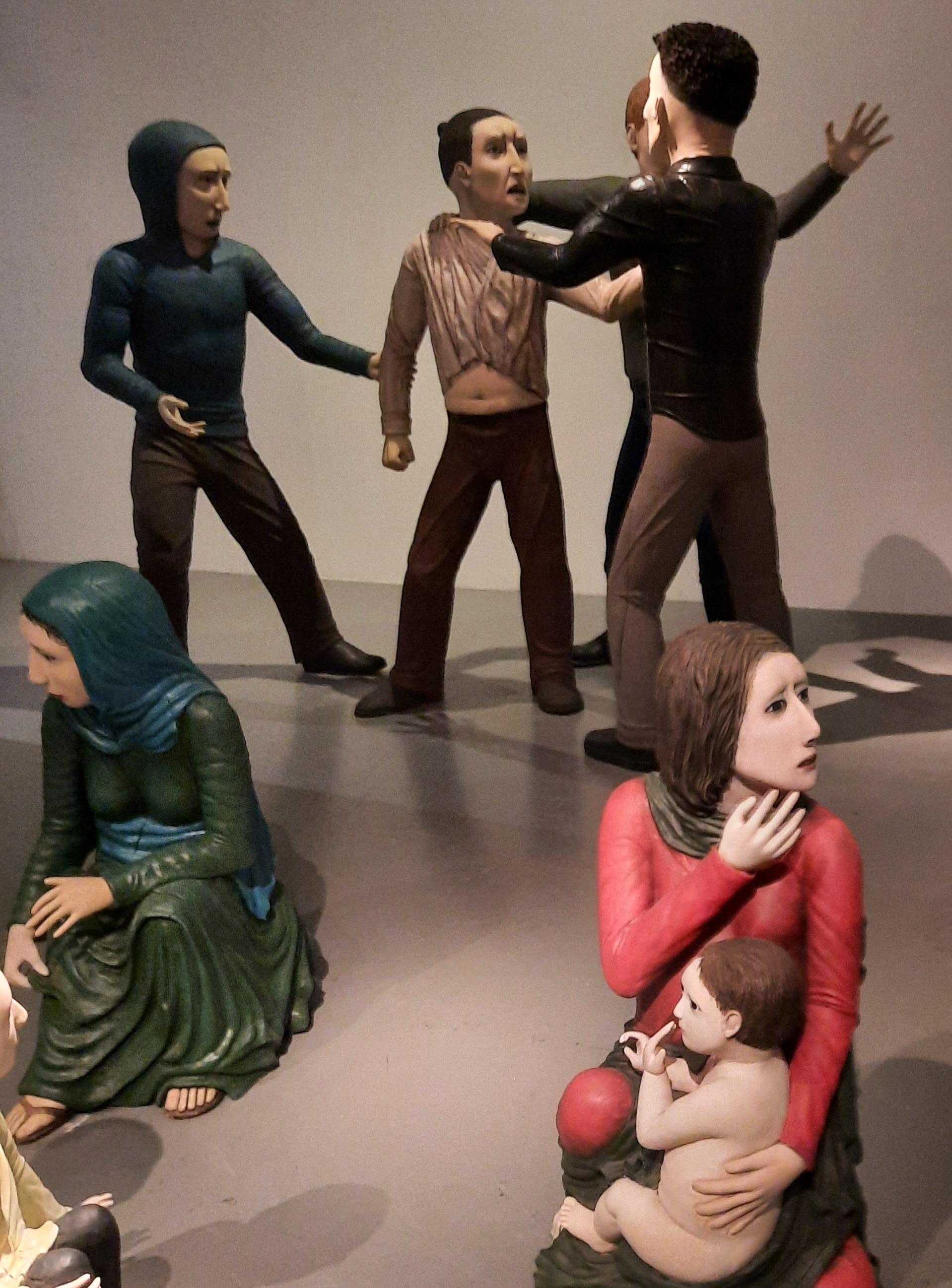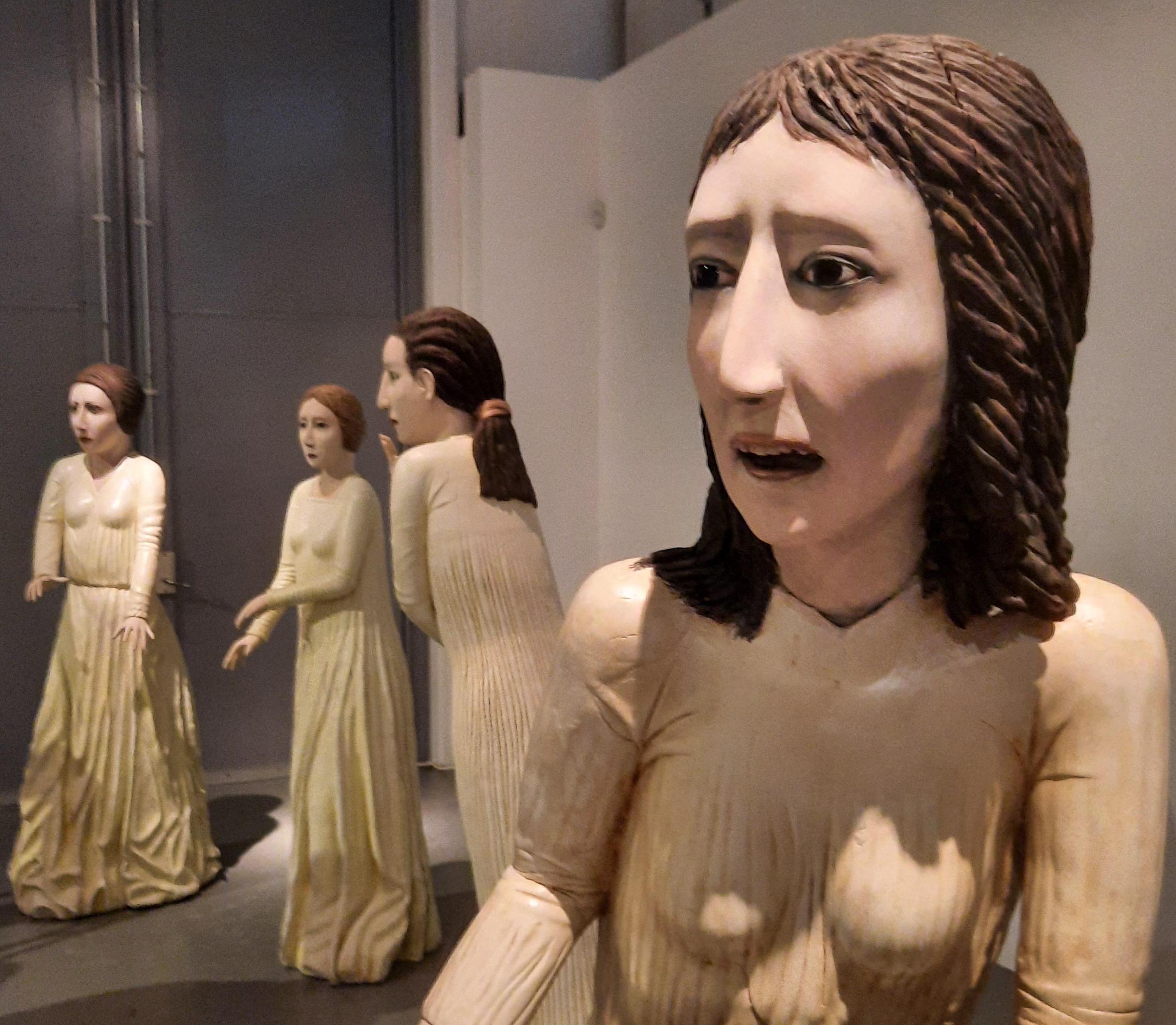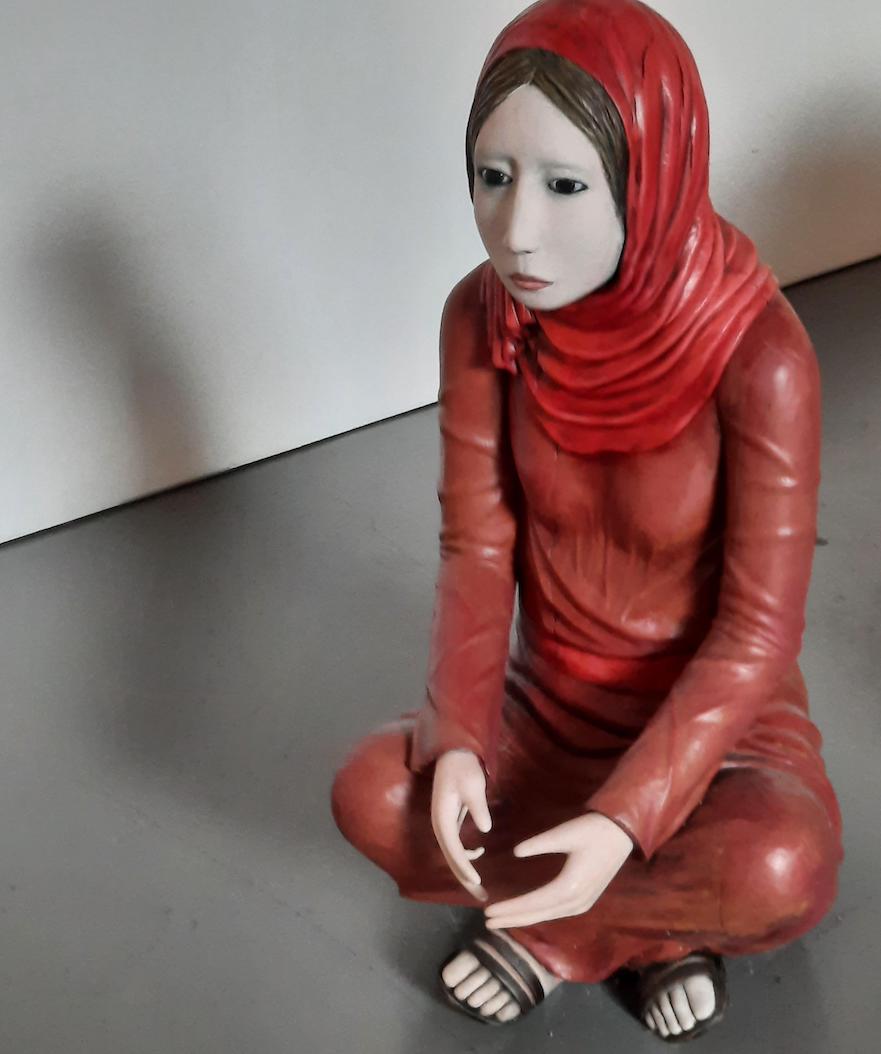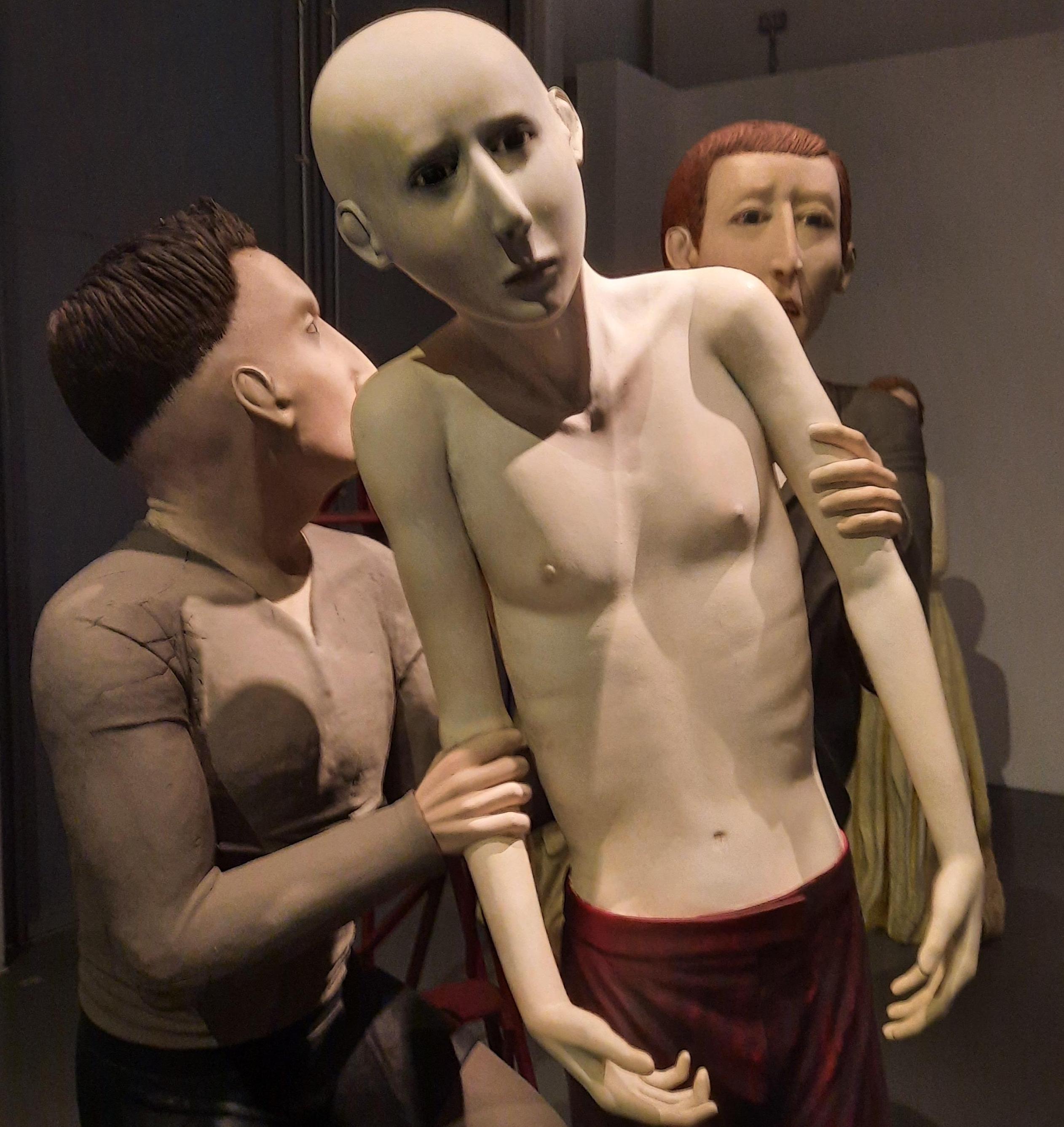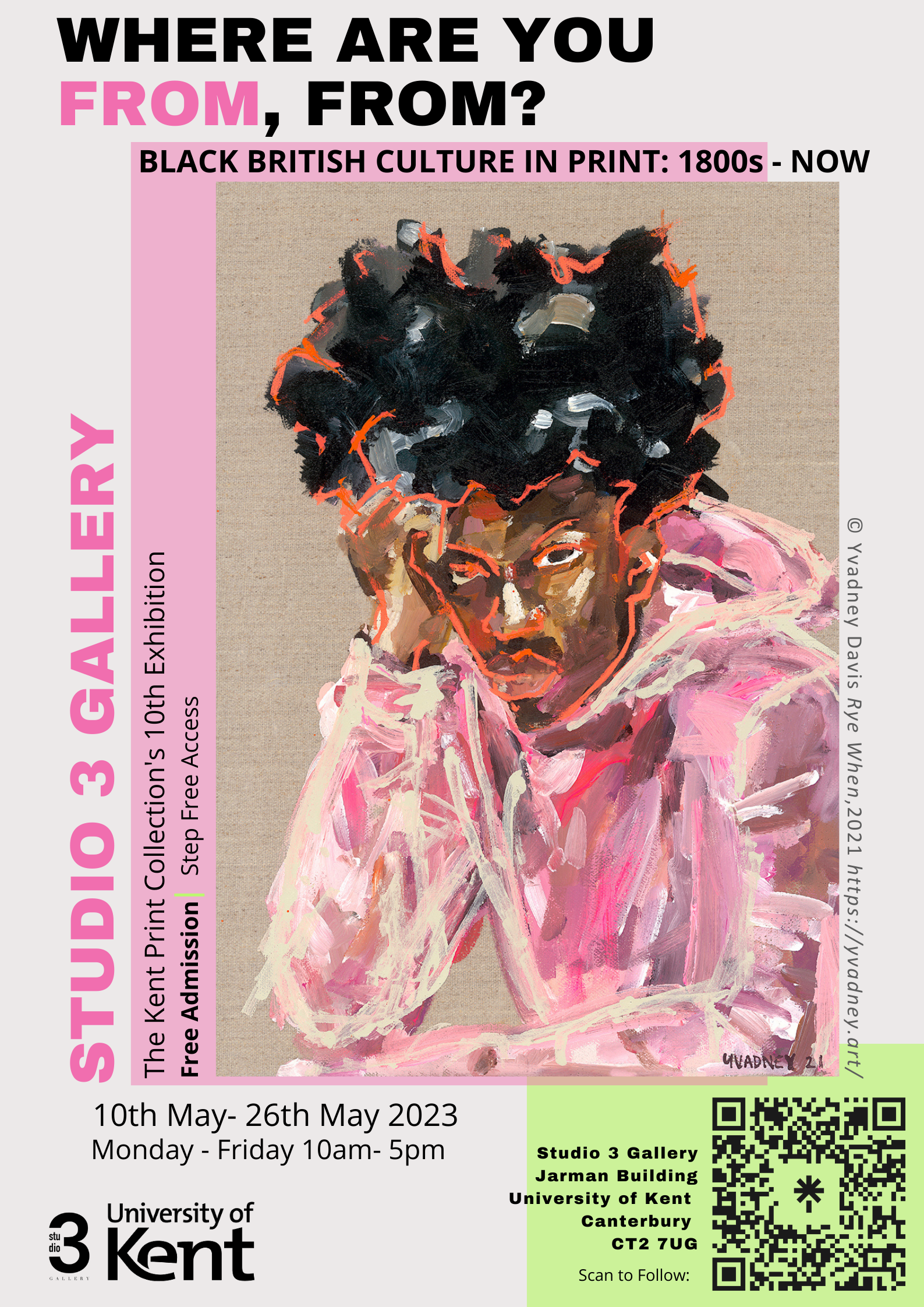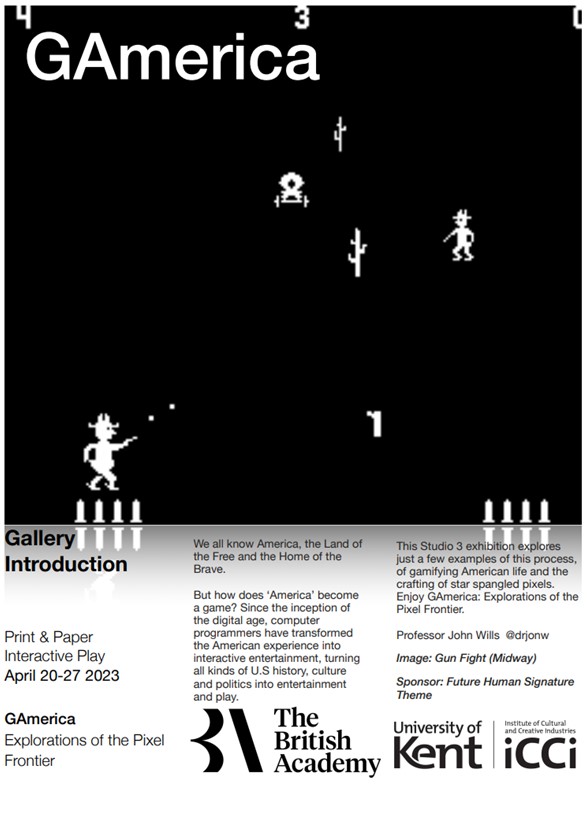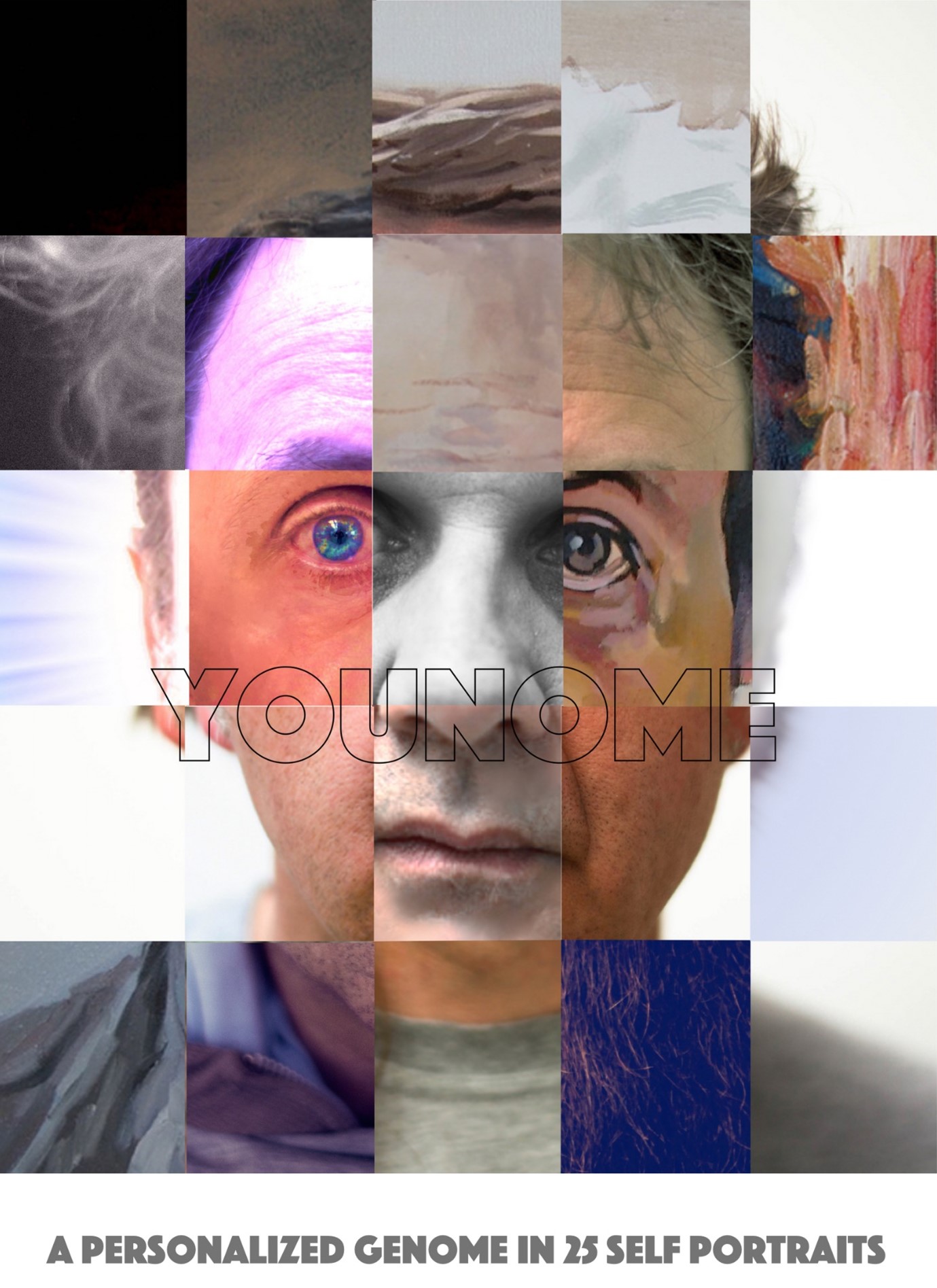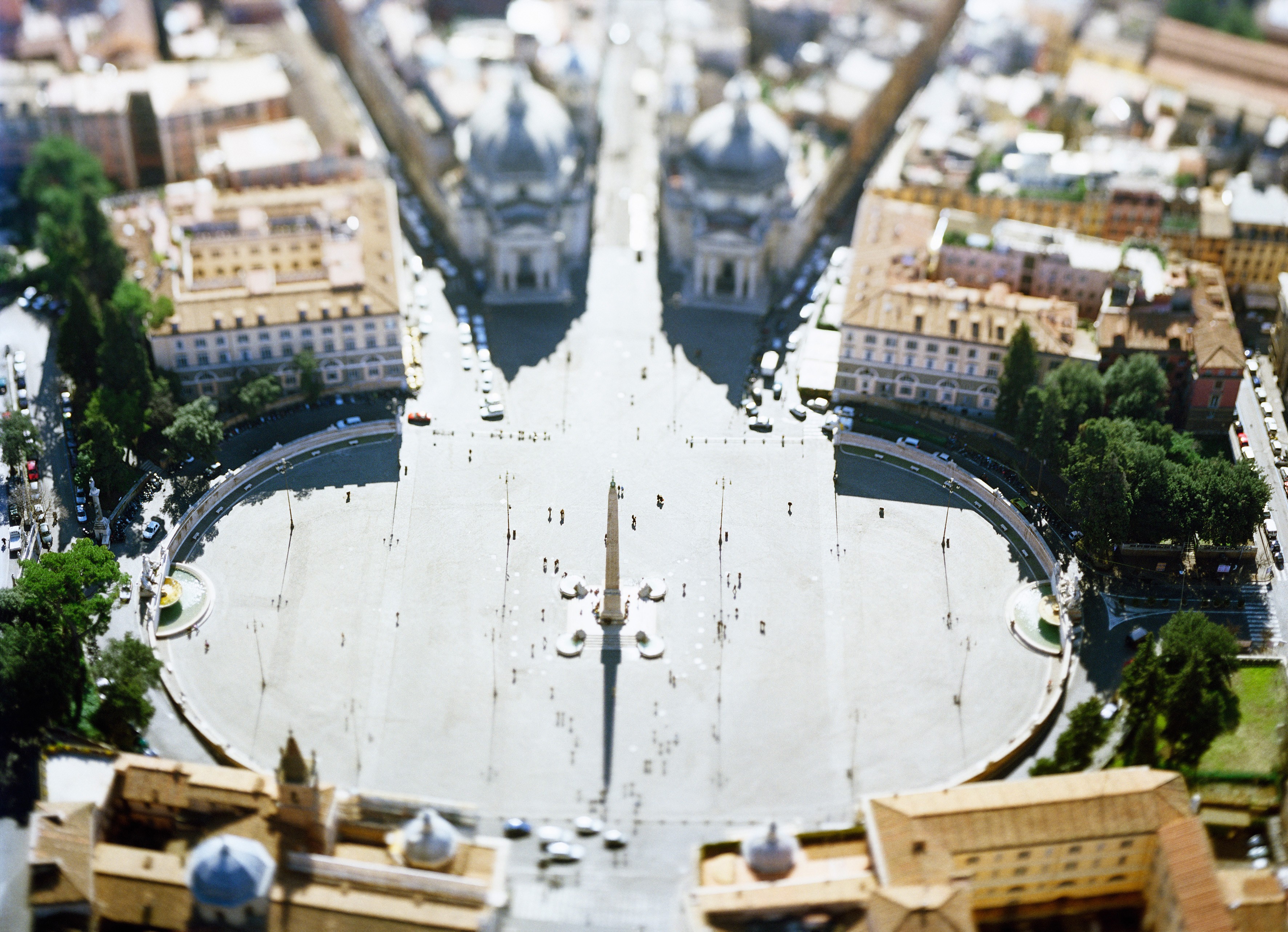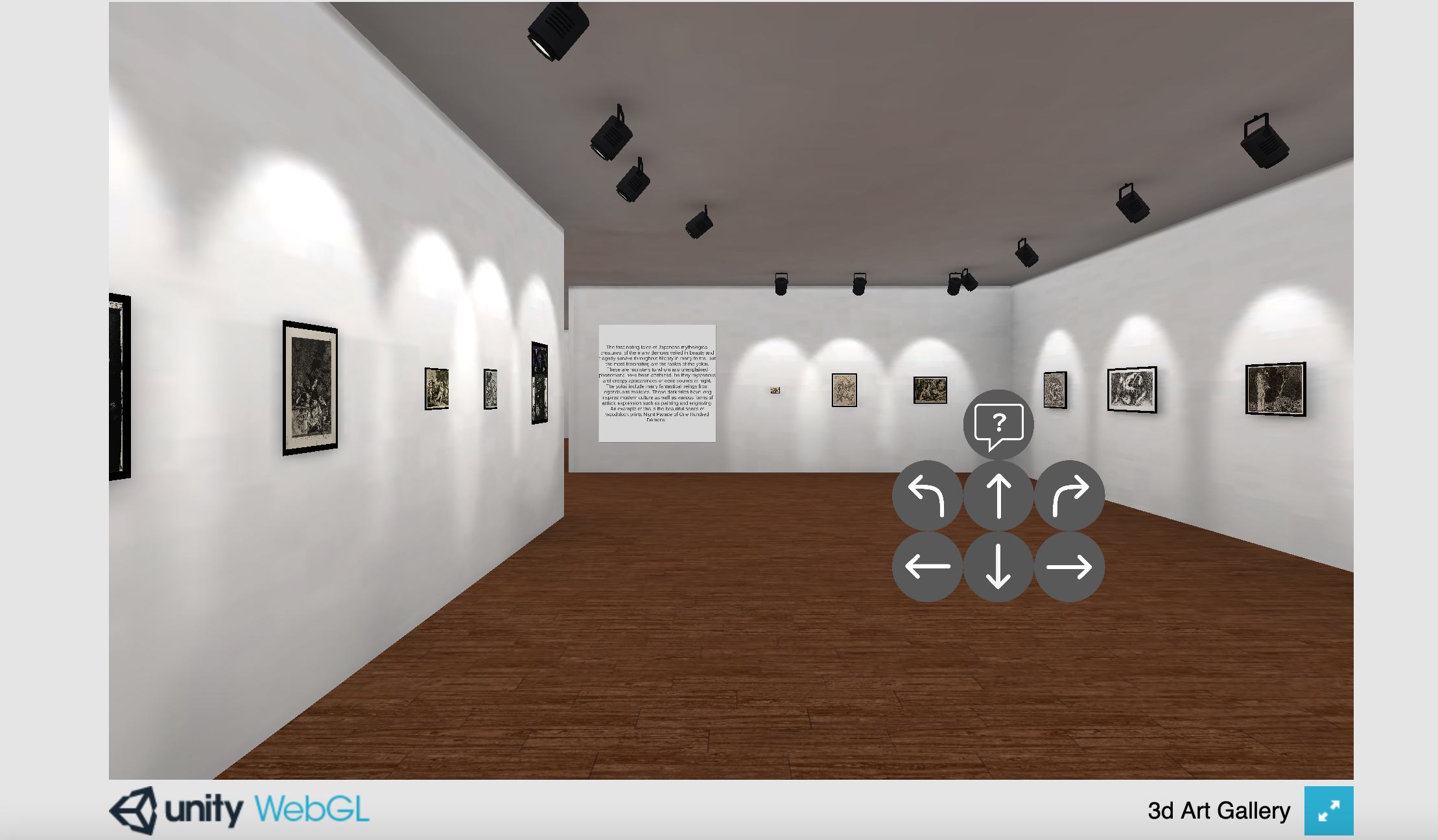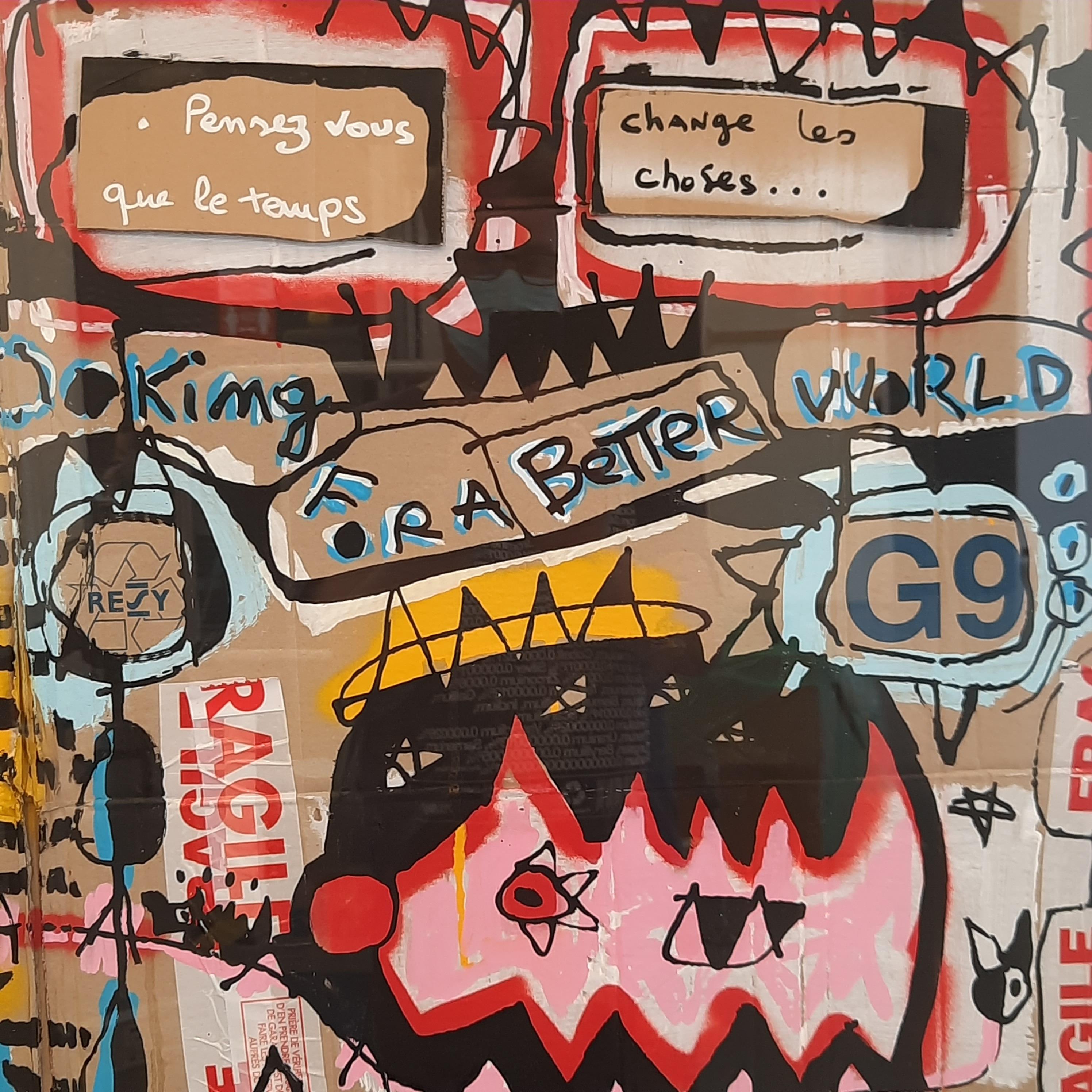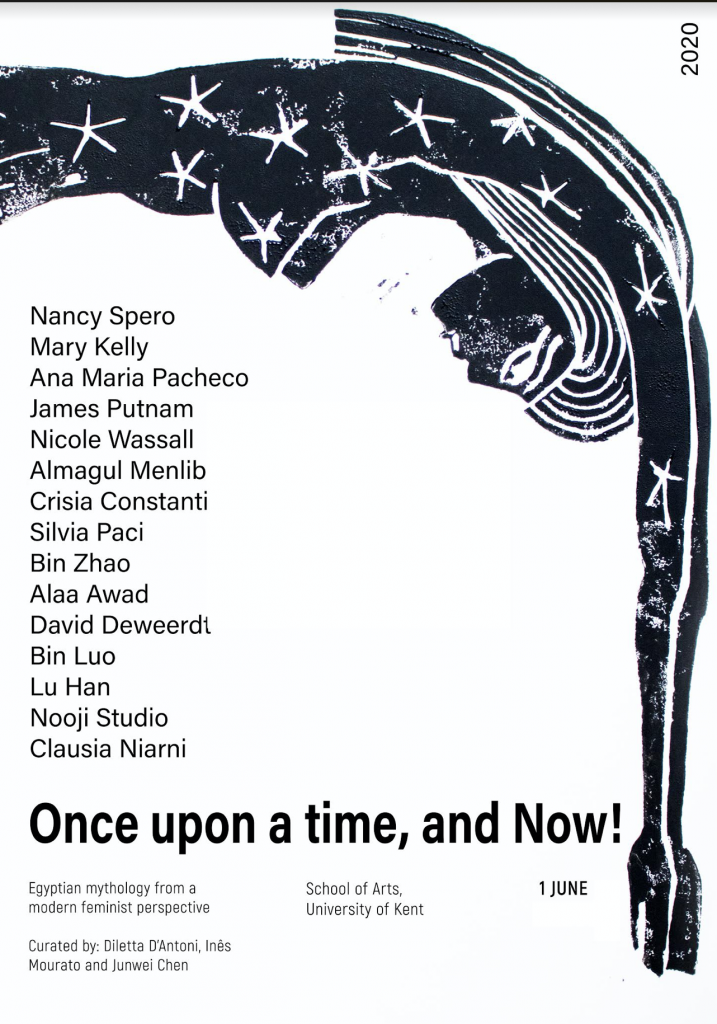The Poetry of Place
An exhibition in Studio 3 Gallery, Jarman Building, School of Arts, University of Kent, 19 February – 5 April 2024, Monday-Friday 10.00-16.00. FREE ENTRY.
Aran Diary
Film by MAURIZIO CINQUEGRANI
The Sacrilege of Bridges
Photographs by JUNKO THERESA MIKURIYA
Texts by BEN THOMAS
Studio 3 Gallery is pleased to present an exhibition dedicated to the poetic associations linked to specific places. Maurizio Cinquegrani’s film Aran Diary explores the Aran Islands of Inishmore (Inis Mór) and Inishmaan (Inis Meáin), while The Sacrilege of Bridges, a text and image piece by Junko Theresa Mikuriya and Ben Thomas, investigates locations in London linked to the life of the poet and artist William Blake.
The Sacrilege of Bridges was previously exhibited at the Italian Cultural Institute in London during November 2023 as part of the exhibition Poetry & Magic. Further information and an interview with artist Junko Theresa Mikuriya can be found here.
Maurizio Cinquegrani writes of his film:
I filmed Aran Diary in the spring of 2023 while exploring the Aran Islands of Inishmore (Inis Mór) and Inishmaan (Inis Meáin). During a previous stay in Inishmore in the summer of 2022 I began writing a script combining my own experience of the islands (which started in 1998 during an Interrail trip across Europe), the stories from the Arans I have read or seen in film, and a fictional framework based on a character who would have eventually been named Aloysius (from one of James Joyce’s middle names). Aran Diary is the result of this process and is inspired by the essayistic practices of filmmakers like Chris Marker, Chantal Akerman, and Patrick Keiller.
The script is reflection on my time in the Aran Islands and the words of various writers who have visited the islands. The list includes James Joyce (The Dead), John Millington Synge (Riders to the Sea and The Aran Islands), Martin McDonagh (The Cripple of Inishmaan), Tim Robinson (Stones of Aran), Seamus Heaney (Lovers on Aran), Liam O’Flaherty, Arthur Symon, and Máirtín Ó Direáin. My film also looks back at Robert Flaherty’s docudramas Man of Aran and A Night of Storytelling, and it uses these films to reflect on the relationship between fiction, myth and reality in the extraordinary landscape of the Aran Islands.
Aran Diary was filmed at multiple locations in Inishmore and Inishmaan, including Dun Aengus, the Wormhole, Dun Conor, the Seven Churches, Dun Doocaher, and Kilmurvey Beach. I have used a hand-held camera and avoided any kind of camera movement. These choices are dictated by the fictional framework of the film, a story which sees Aloysius visiting the islands in the process of scouting for locations in view of a fictitious film which will never be completed. My footage is juxtaposed to a voice-over narration read by actor and former Film student at Kent, Felix A. Morgan; I have also created a soundscape based on waves, wind, birds, dolphins, steps, and other sounds I associate with my experience of the islands. The seven segments of the film are introduced by the sound of knitting combined with individual images of the seven knots associated with the Aran textile tradition. The result is a film ultimately concerned with the meaning of place and space, with memory and with the passing of time; these themes emerge from an essayistic engagement with landscape and with the ruins, the stones, and the cliffs of the Aran Islands.

